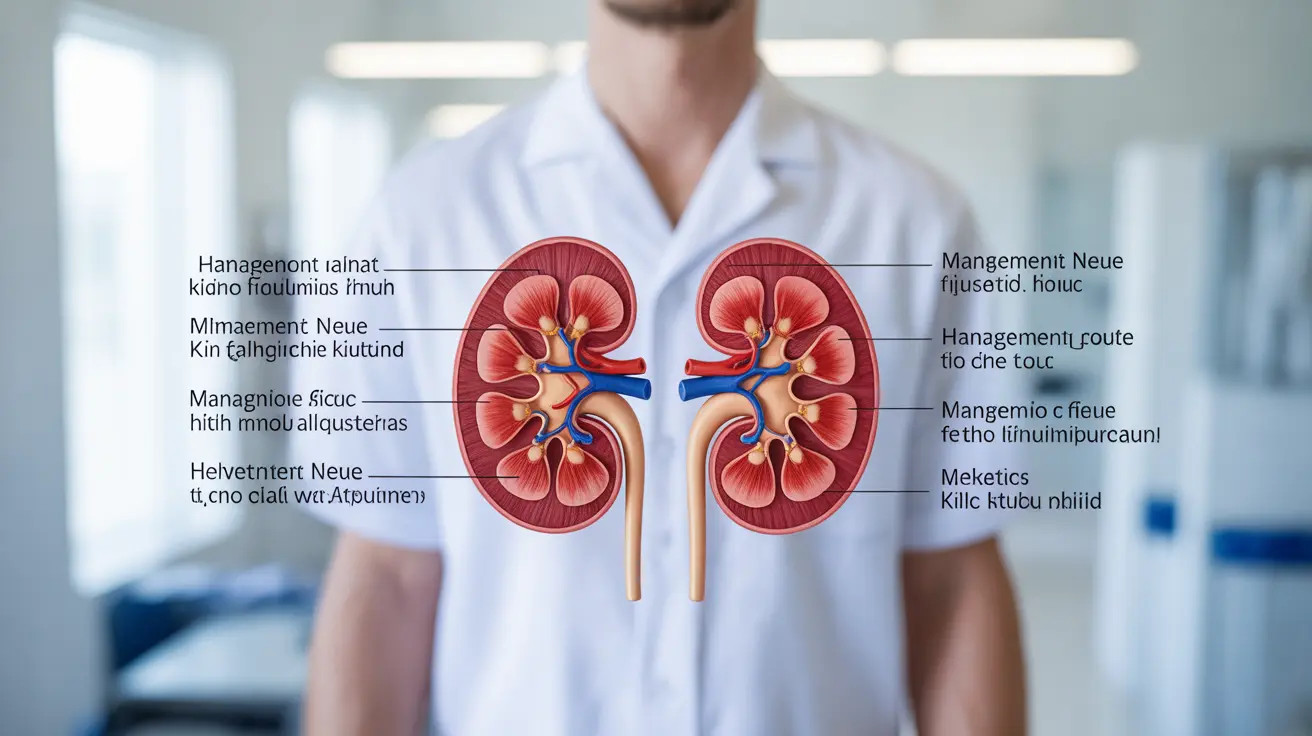Living with microalbuminuria, a condition where small amounts of protein leak into the urine, raises important questions about long-term health outcomes and life expectancy. This early indicator of kidney damage is particularly significant for people with diabetes, but with proper management and lifestyle modifications, many individuals can slow its progression and maintain their quality of life.
Understanding microalbuminuria's impact and implementing appropriate interventions early is crucial for preventing more serious kidney complications and protecting overall health. Let's explore what you need to know about living with and managing this condition effectively.
Life Expectancy with Properly Managed Microalbuminuria
When microalbuminuria is detected early and managed appropriately, many people can live long, healthy lives. The key lies in aggressive treatment of underlying conditions, particularly diabetes and high blood pressure, along with lifestyle modifications that protect kidney function.
Research suggests that with proper management, individuals can significantly slow or even halt the progression of kidney damage. Early intervention and consistent monitoring are essential factors in maintaining long-term health outcomes.
Early Detection and Warning Signs
Microalbuminuria often develops silently, with few noticeable symptoms in its early stages. However, some early indicators may include:
- Subtle swelling in feet and ankles
- Higher blood pressure readings
- Changes in urination patterns
- Fatigue or decreased energy levels
Regular screening is crucial because these symptoms might not be apparent until significant kidney damage has occurred.
Understanding the Risks and Complications
Microalbuminuria serves as an important warning sign for potential serious health complications. The condition is closely linked to:
- Increased risk of progressive kidney disease
- Higher likelihood of cardiovascular events
- Greater chance of developing diabetic nephropathy
- Potential progression to end-stage renal disease
Treatment Approaches and Management Strategies
Effective management of microalbuminuria typically involves a multi-faceted approach:
Medication Management
Several medications may be prescribed to help control microalbuminuria:
- ACE inhibitors or ARBs to protect kidney function
- Blood pressure medications
- Diabetes medications to maintain optimal blood sugar levels
Lifestyle Modifications
Important lifestyle changes that can help manage the condition include:
- Maintaining strict blood sugar control for diabetic patients
- Following a kidney-friendly diet low in sodium and protein
- Regular physical activity as approved by healthcare providers
- Smoking cessation
- Weight management
Screening and Diagnosis
Regular screening for microalbuminuria is essential, particularly for individuals with diabetes. The diagnostic process typically includes:
- Annual urine tests to measure albumin levels
- Blood tests to assess kidney function
- Regular blood pressure monitoring
- Comprehensive diabetes management checks
Frequently Asked Questions
How long can a person live with microalbuminuria if it is properly managed? With proper management, including strict blood sugar control, blood pressure management, and appropriate lifestyle modifications, many people can live a normal lifespan. The key is early detection and consistent adherence to treatment plans.
What are the early signs and symptoms of microalbuminuria related to diabetic kidney disease? Early signs may include subtle swelling in the extremities, changes in urination patterns, and fatigue. However, many people don't experience noticeable symptoms, which is why regular screening is crucial.
How does microalbuminuria increase the risk of kidney failure and cardiovascular disease? Microalbuminuria indicates damage to blood vessels in the kidneys, which can lead to progressive kidney dysfunction. This damage often extends to blood vessels throughout the body, increasing the risk of cardiovascular complications.
What treatments and lifestyle changes can slow the progression of microalbuminuria in diabetes? Key interventions include medications like ACE inhibitors or ARBs, strict blood sugar control, blood pressure management, dietary modifications, regular exercise, and smoking cessation.
When should people with diabetes get screened for microalbuminuria and how is it diagnosed? People with diabetes should be screened annually for microalbuminuria, starting 5 years after diagnosis in type 1 diabetes and at diagnosis in type 2 diabetes. Diagnosis involves urine tests to measure albumin levels and blood tests to assess kidney function.




